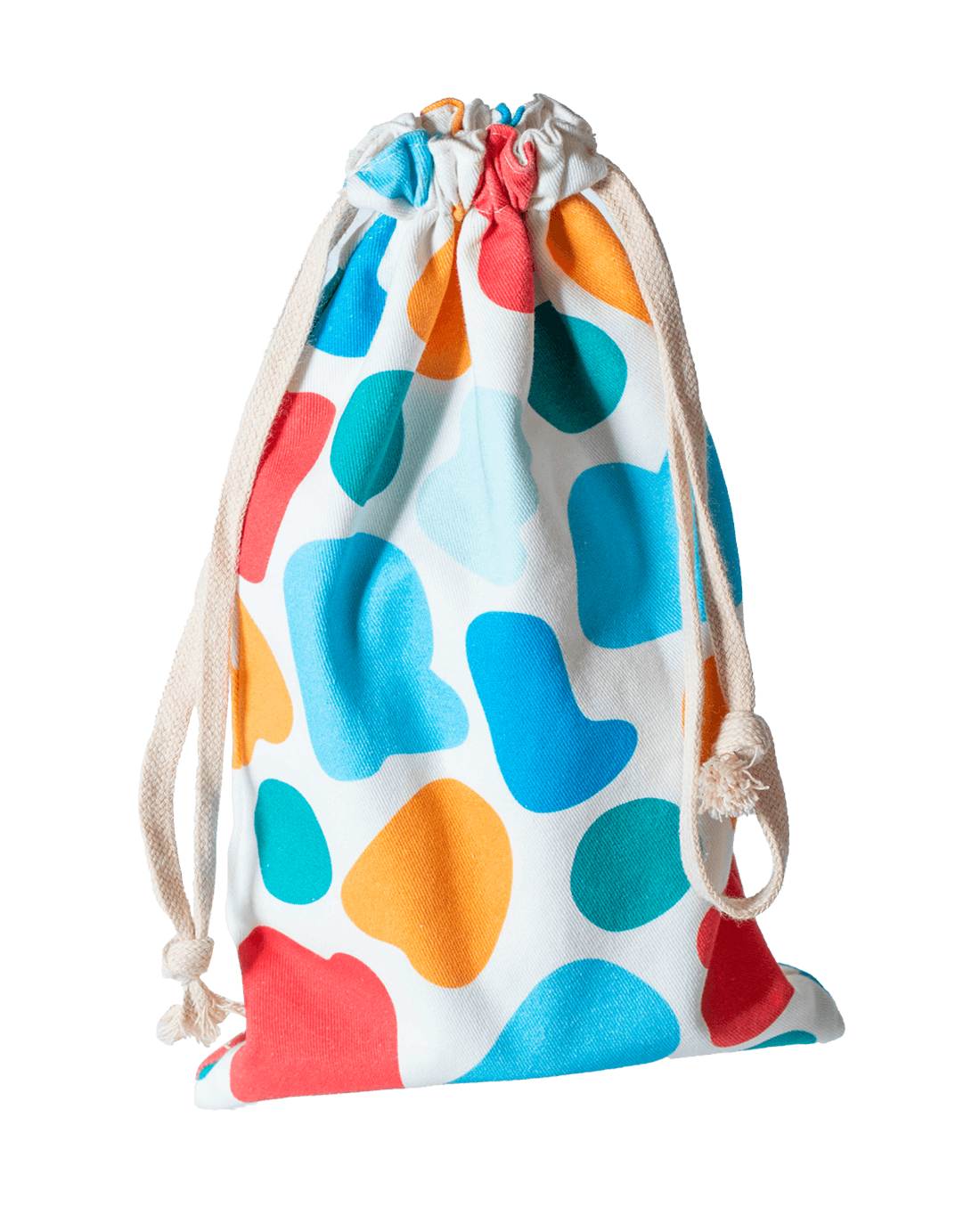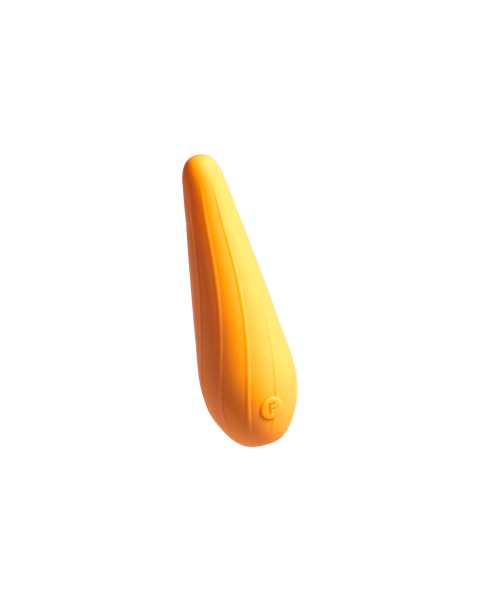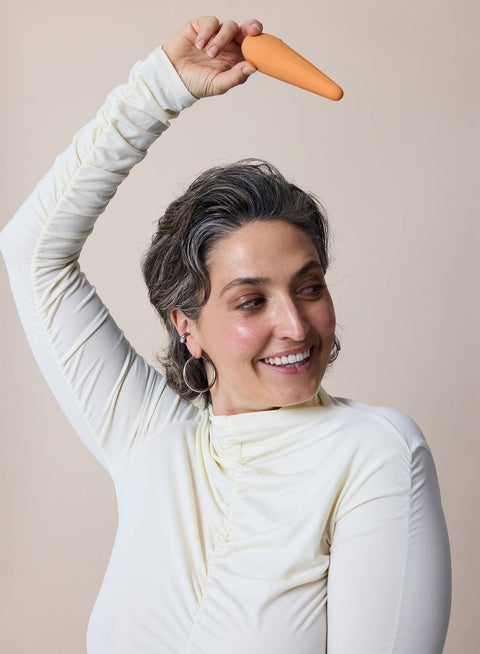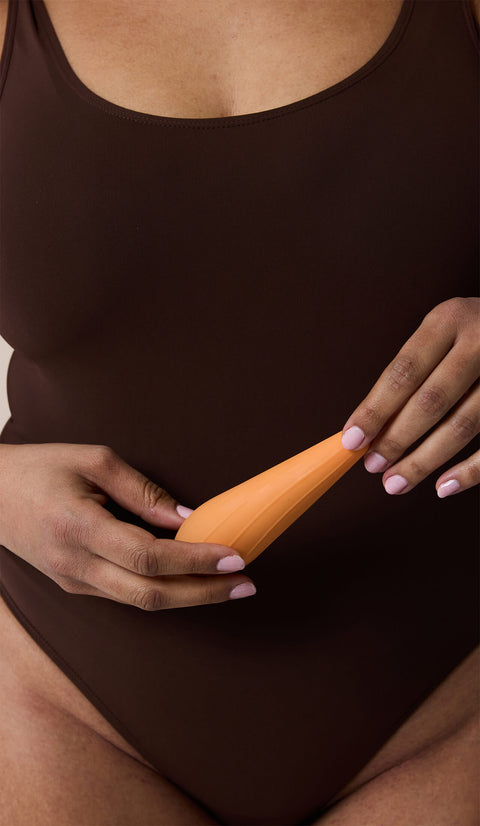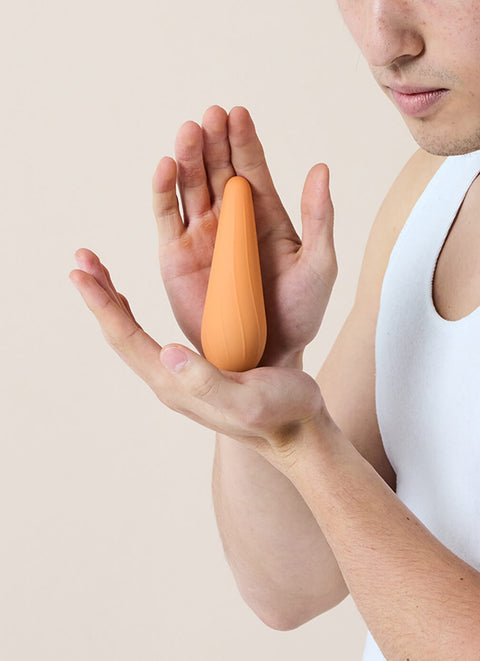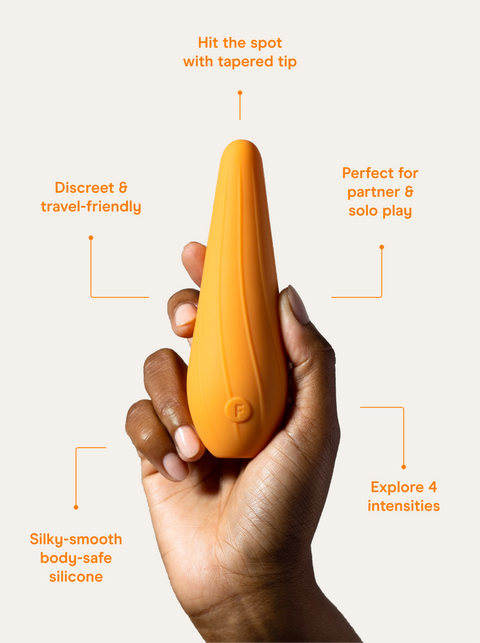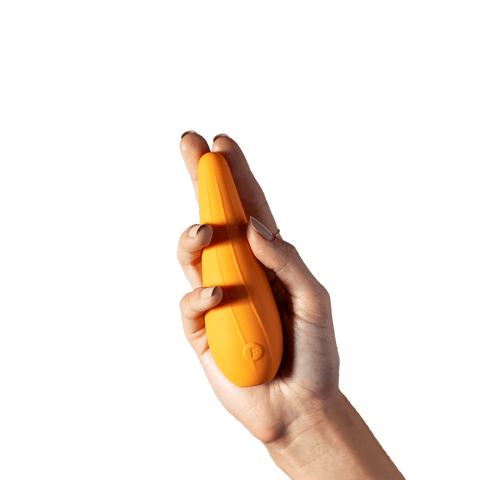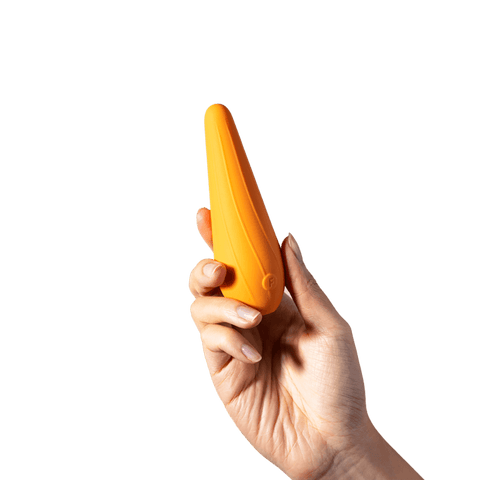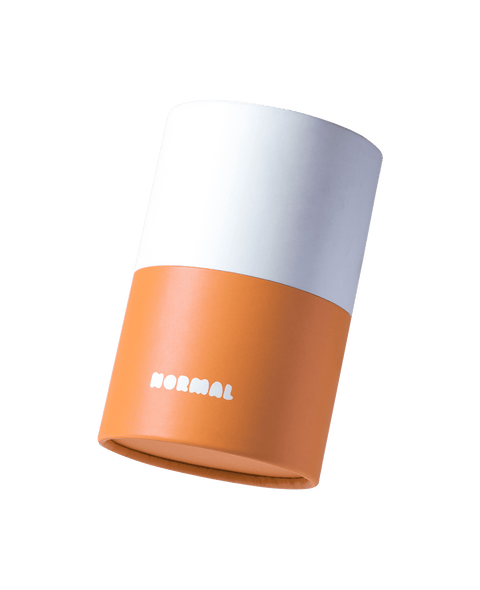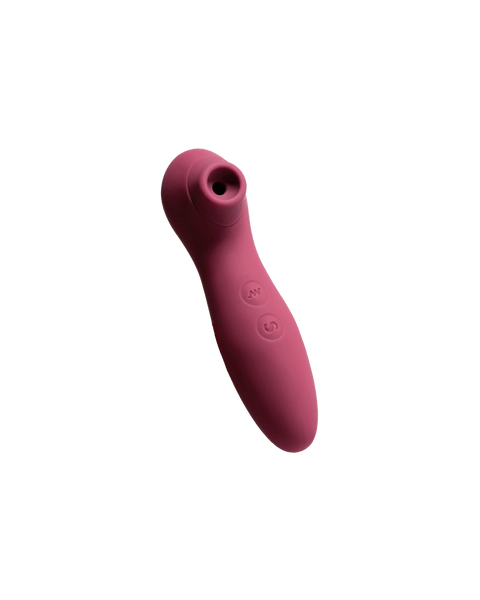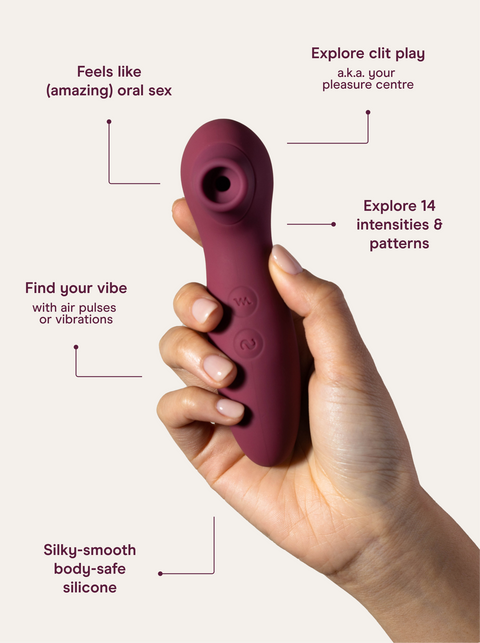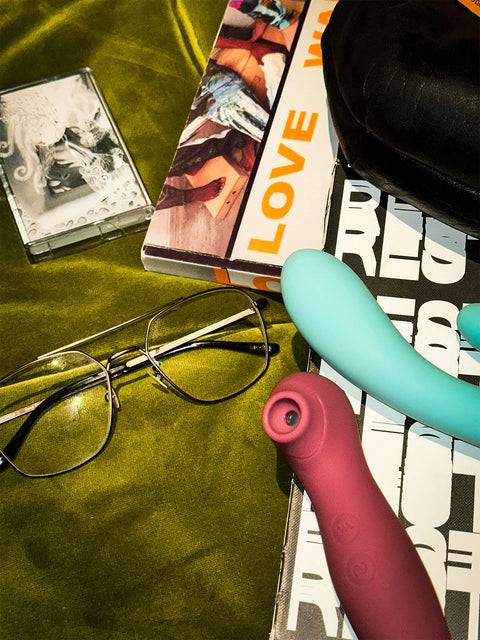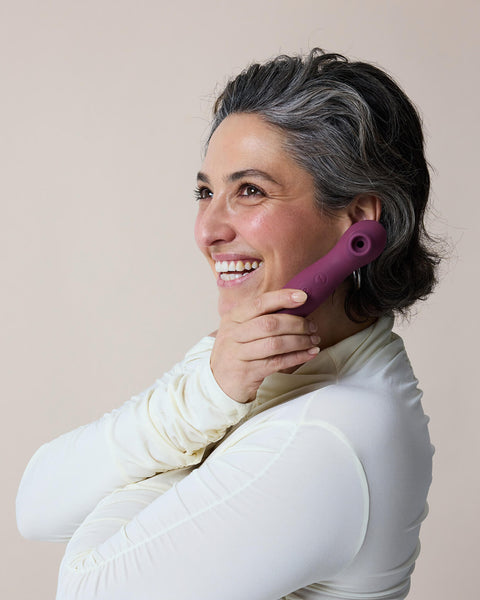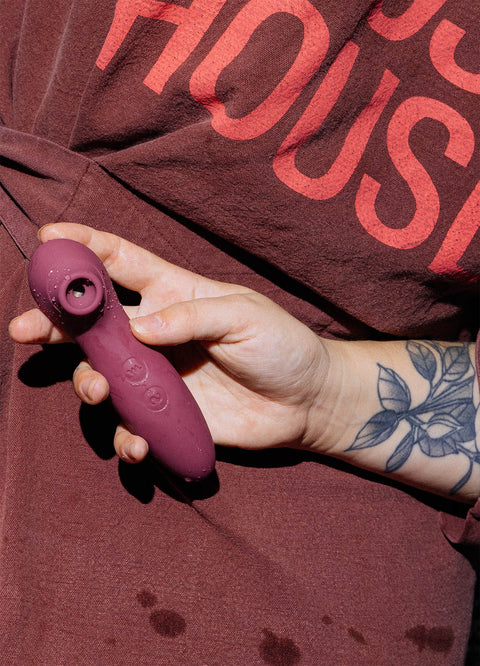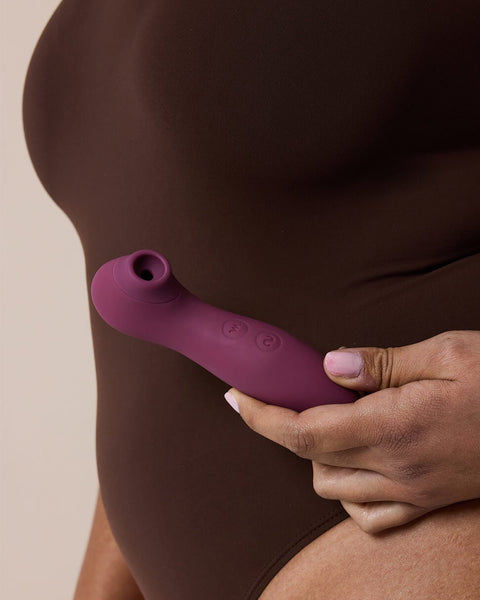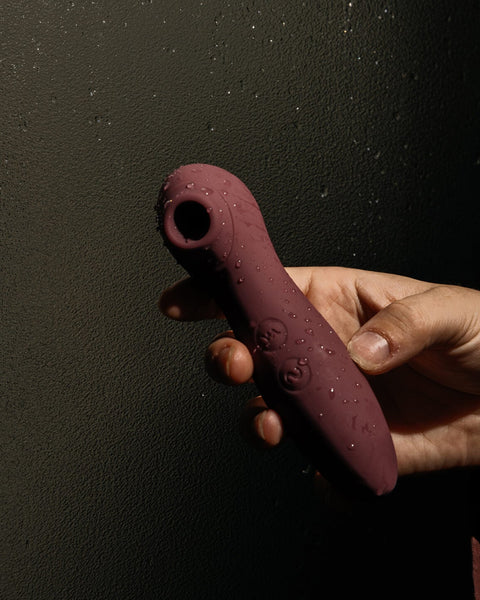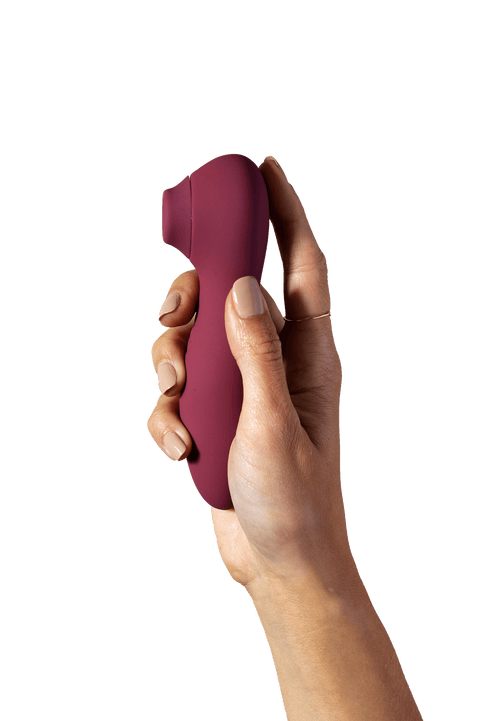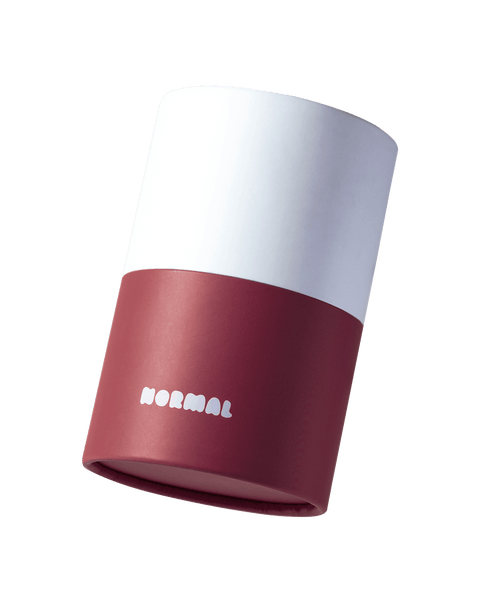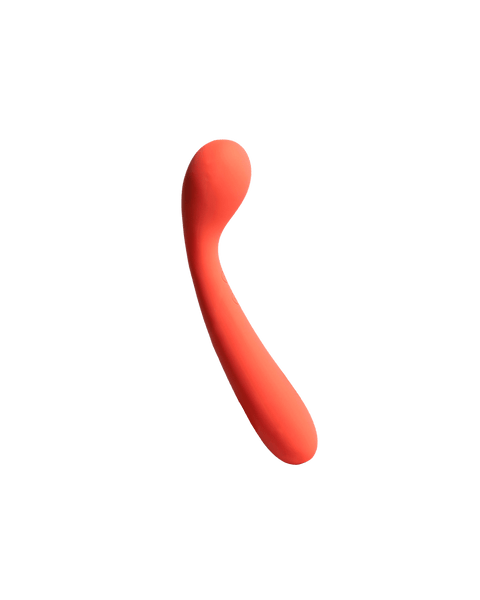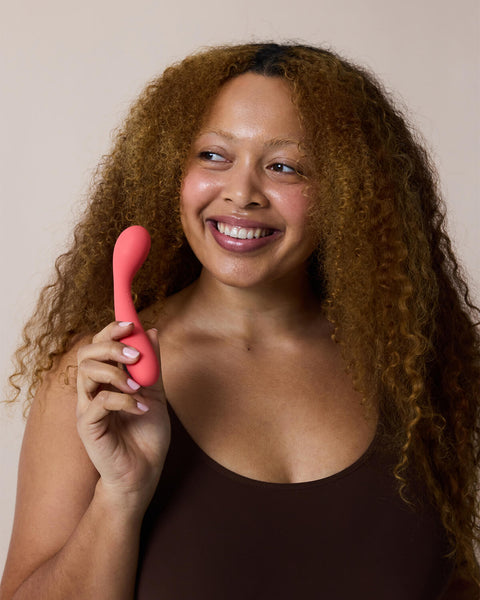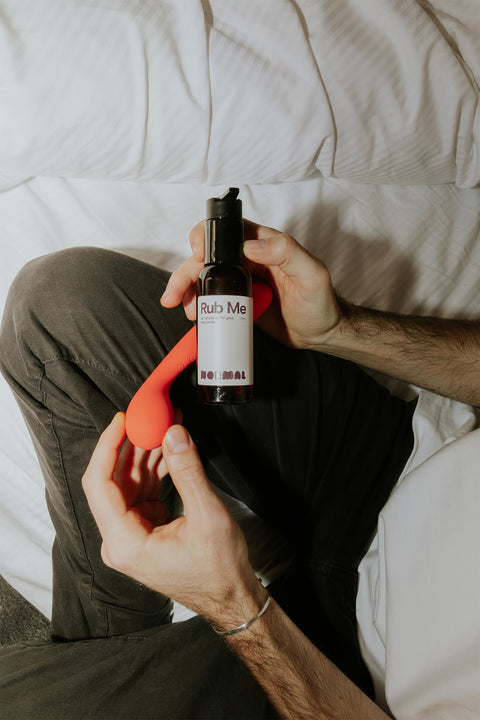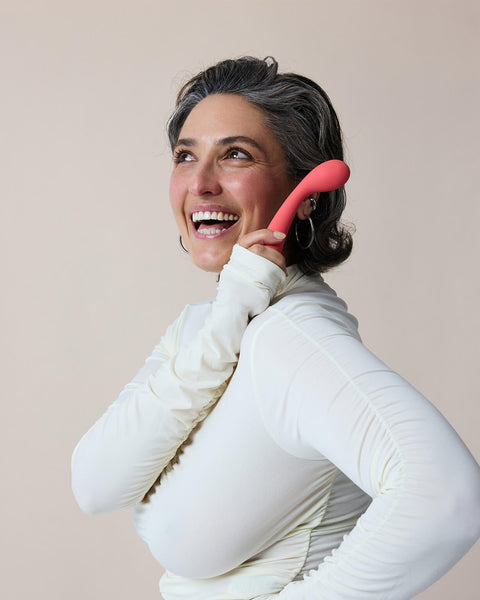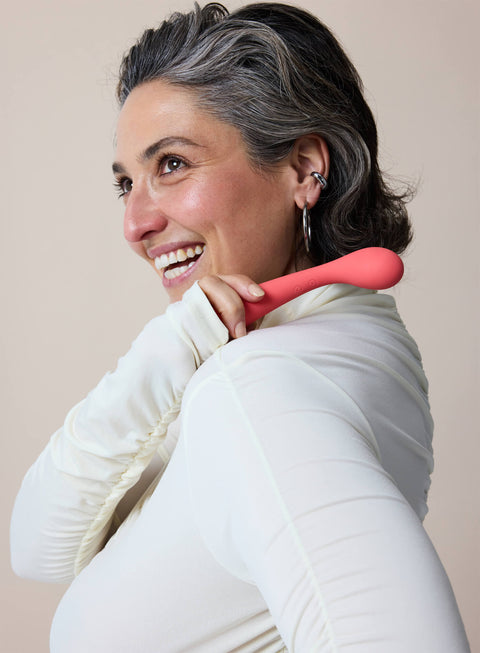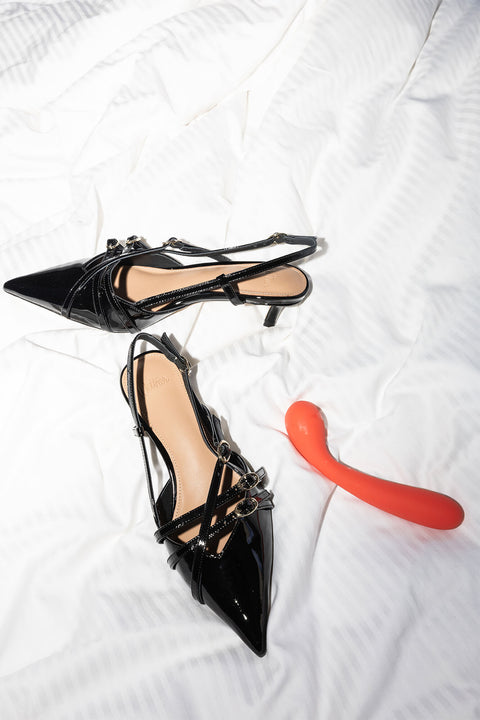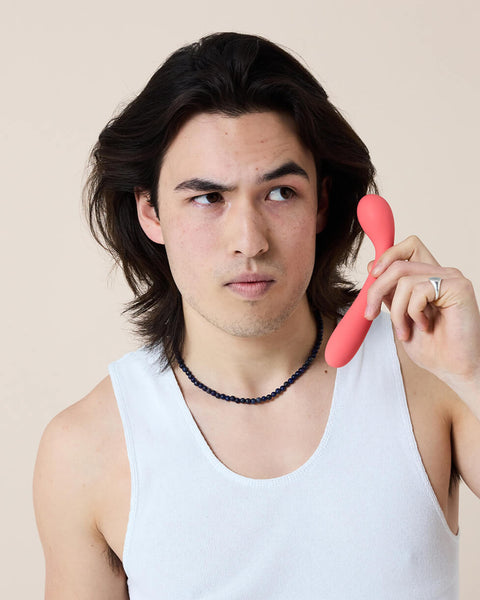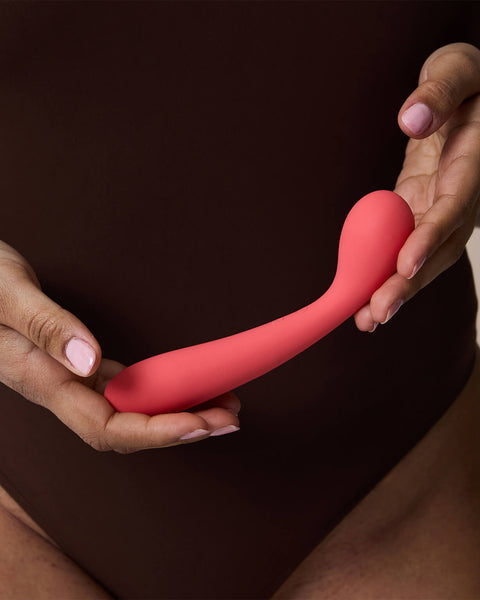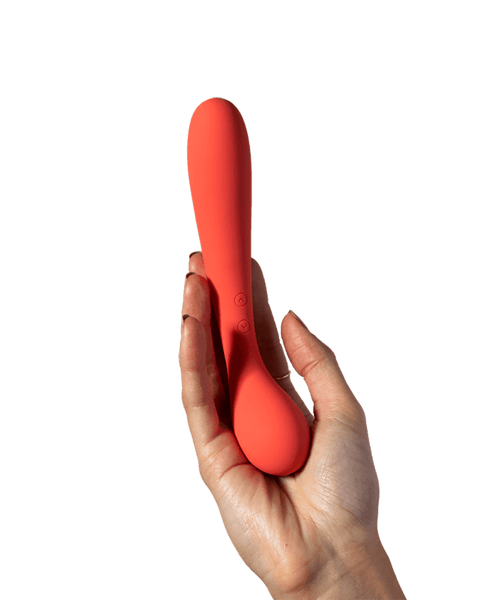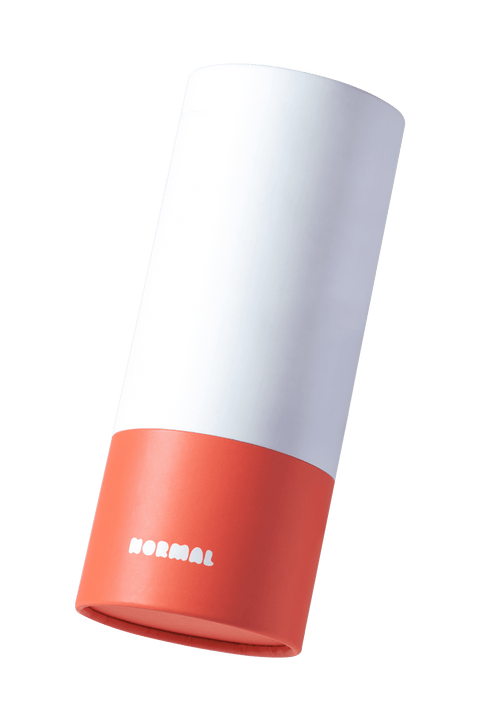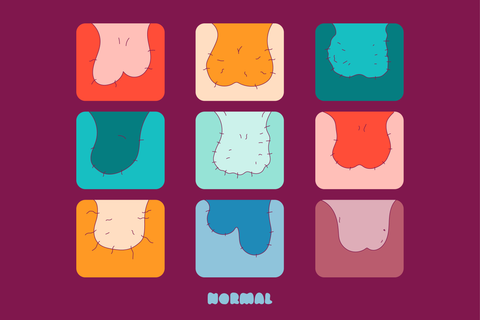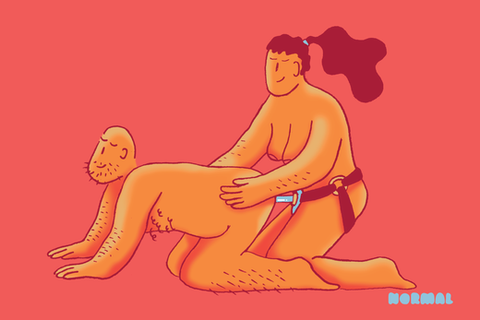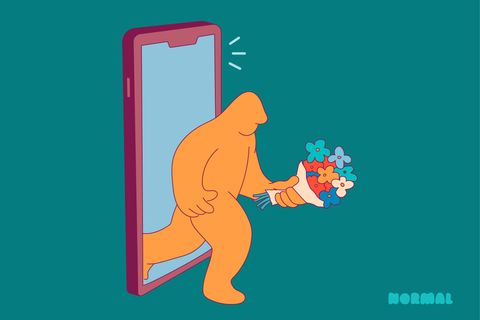Testicles, also often called ‘balls’, are roundish organs that sit inside the scrotum (or ‘ballsack’), just behind the penis.
We reckon that these organs are often under-appreciated and misunderstood—and the importance of testicular health isn’t discussed as much as we think it should be.
So today, we’re going to talk all about the testicles: what they do, how they work, how to keep them healthy, and what to do if you notice something unusual down there.
***
To begin with, let’s get into some basic testicle facts.
As we’ve said, these two organs sit in the scrotum behind the penis, and they’re responsible for producing both sperm (which turns into semen, also known as ‘cum’) and testosterone. They are technically located ‘outside’ of the body, because they need to be cooler than the average body temperature in order to properly work.
Testosterone is a hormone used by all bodies, but bodies with penises produce more of it than bodies with vulvas. In bodies with penises, testosterone is used to regulate the libido, make blood cells, and create strong and healthy bones. If you’re low in testosterone, you might notice that your sex drive decreases, your mood is low, you have low energy, and you struggle with memory and sleep. (Of course, there are a lot of things that can cause those symptoms, not just low testosterone—so if you notice any of the above, we recommend speaking with your GP or healthcare provider.)
Most people have two testicles, although it’s not unheard of to have one testicle, whether by birth or due to medical reasons. The cyclist Lance Armstrong had one testicle removed following a diagnosis of testicular cancer, as did footballer Jason Cundy. Some people have even been born with more than two testicles, although this is quite rare.
Testicular cancer is actually the second most common cancer in people with penises aged 20—39, so we want to make sure that you’re fully equipped to do a testicle check and notice any changes you might want to make your GP aware of.
You should check your testicles fairly regularly, approximately once a month. It’s quick, easy, and you can do it in just a few minutes. Here’s exactly how:
- Jump in the shower—when you’re warm, your skin relaxes and it will be easier to feel your testicles.
- Roll each testicle between your fingers and thumb. Feel for any lumps, swelling, hardness, tenderness (beyond what is normal for you) and pain.
- Feel around the back of your testicles to find something that feels like a small tube underneath the skin—this is the epididymis, and it carries sperm out of the testicles. It’s totally normal to be able to feel it, and you should check it for lumps, swelling, and pain as well.
If you find any lumps, bumps, sore spots, swollen areas, or anything that gives you pause, we recommend speaking with your GP as soon as possible.
Testicles can vary in size, shape, and weight, and in general your testicles should feel smooth and firm, but not hard. It’s really common for one testicle to sit or ‘hang’ lower than the other, or for one testicle to be bigger than the other. It’s also totally normal to have hair, freckles, moles, or different skin textures on the scrotum.
In general, the testicles are relatively hardy parts of the body, although there are a few things you can do to make sure that your testicles are in tip-top shape throughout your life:
- If you’re playing sport you have a higher-than-normal chance of being hit in the testicles wear a jockstrap or cup where possible.
- See your doctor if you receive any injuries to the testicles
- Practice safer sex and use contraception where possible
- Keep up your regular, at-home testicle checks, and speak with your GP if you notice anything that concerns you

